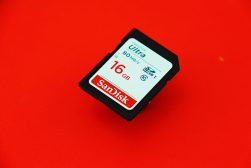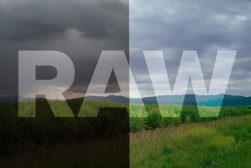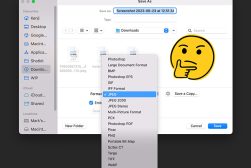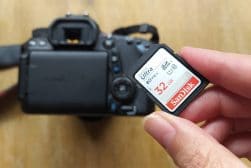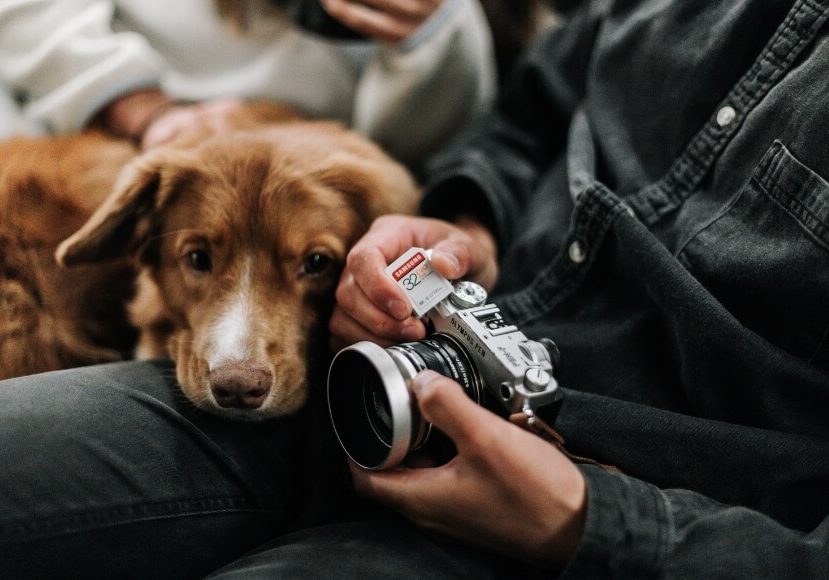
How Many Pictures Can 32GB Hold? (+ Recommendations)
Many photographers buy 32GB memory cards for digital cameras, but is it worth getting more capacity? learn exactly how many photos 32GB can hold.
So, how many pictures can 32GB hold?
That’s a question you’ll probably think about before buying a digital camera or a memory card with this limited space.
Before you make your purchase, you must be wondering, is 32GB enough? Should you upgrade to a bigger option?
Well, the answers to your questions depend on many factors, like the pictures’ quality or the number of pixels.
Sounds confusing? Don’t fret!
In this article, you’ll learn everything about the number of pictures you can save in 32GB.
We’ll also tell you about the size difference between all picture formats. Let’s dive into the details right away!
Table of Contents
How Many Pictures Can 32GB Hold?
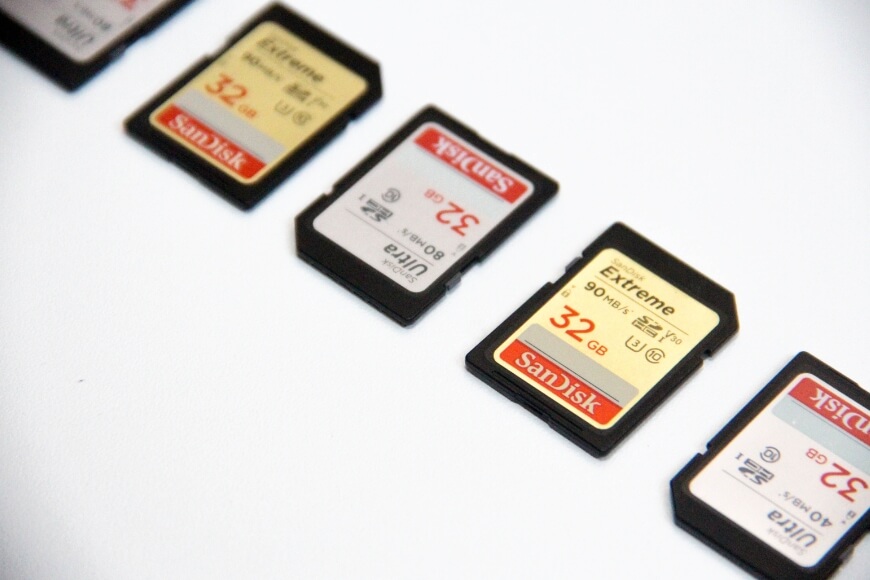
The answer to this question can be a little complicated.
That’s because the answer will depend on the picture format, size, and number of megapixels.
The higher the quality of the picture, the more space it’ll take.
That being said, let’s check out the two most common formats.
1. JPEG
Joint Photographic Expert Group (JPEG or JPG) was named after the committee that developed the format’s standards.
It’s one of the most popular formats out there. Most pictures you see while browsing social media are in this format.
That’s because JPEG images are compressed, meaning they take up less space.
However, you’ll notice a slight decrease in JPEGs’ quality. That’s to save up space.
That doesn’t mean the pictures’ quality will be necessarily bad, though! However, the picture won’t be detailed.
On average, you can save up to 22,888 JPEG photos on a 32GB memory card.
Nonetheless, this number can decrease dramatically depending on the quality of the pictures and the number of megapixels.
To elaborate, assuming all the pictures will have 22 megapixels, 32GB would be enough to only hold 4,161 JPEG images.
2. RAW
RAW images, as the name suggests, contain uncompressed, raw data. That means the image will contain all the pixels your camera was able to capture.
They typically have low to no quality loss. Therefore, they tend to take up much more space.
In addition, you’ll need to process the image using photo editors.
On the bright side, RAW images give you more room to tweak colors and change exposure values compared to JPEG ones.
All in all, if you’re a beginner, the RAW file format can be a little complicated for you.
It’s worth mentioning that some manufacturers have their special RAW file formats. For example, Nikon NEF, while Canon CR2 and CR3 formats, and Sony ARV.
Since these images are big, 32GB can only hold a maximum of 2,228 RAW photos, assuming they have 4 megapixels.
On the other hand, if the images have 22 megapixels, 32GB is only enough to hold around 416 pictures.
How to Calculate the Average File Size of Your Camera’s Captures
In most cases, you can tell your photos’ average file size by checking the camera’s manual.
However, the number might vary if you’ve adjusted your camera’s settings.
Don’t fret! You can still calculate the average file size of your photos by following these steps:
- First, figure out how many horizontal and vertical pixels your camera detects.
- Second, multiply the two values to get the total pixel number.
- After that, multiply the result by the number of bits your camera has.
- Next, divide the number by 8 to get the number of bytes.
- Then, divide the number by 1,024 to convert the number to kilobytes.
- Finally, divide the number by 1,024 again to get the final number in megabytes.
How to Check the Available Space in Your Card
If you’re unsure about the average size of pictures your camera takes, you can simply take a couple of images and check their sizes!
While the steps may vary from one brand to the other, it’s not that different.
In all cases, you can always check out your camera’s manual.
That being said, here’s how to check the available card space on some Canon models:
- Press the Menu button on your camera.
- Then, on the screen, press Recording Setup.
- Finally, select Available Space in Memory.
Is 32GB Too Small?
32GB is more than adequate if you’ll be using the storage for pictures only.
However, if you’re planning to take videos, the memory will fill up faster than you think.
A 32GB memory card is enough for any photographer to take footage for an entire trip or an event.
But if you tend to keep taking photos everywhere, a 64GB or 128GB might be a better option – see how many photos 128GB can hold. In all cases, you can’t go wrong with bigger storage.
It’s also worth noting that SD cards are prone to damage, and you might lose your files without any warnings.
So, it’s not wise to put all your eggs in one basket. Instead of getting one card with considerable storage, you should opt for multiple small ones.
All in all, no matter the size of the card you’re using, it’s always best to back up your files to a computer regularly to avoid losing any data.
32GB vs. 64GB: Which Is Better for You?

No one likes to run out of storage during a trip!
So, after deciding on the file format you’ll be using, you need to check your camera’s resolution and settings to have an estimation of the size of the pictures you’ll be taking.
This can help you choose the right capacity, depending on the number of shots you’re likely to take.
Many photographers prefer 64GB cards to be on the safe side.
These cards can store around 1500 to 2000 RAW images, which means they’re more than enough if you’re planning to take a lot of RAW images.
Still, if you won’t be taking a lot of pictures or you’re planning to capture images in JPEG format, 32GB cards are more than enough.
If you bought a 32GB card and found out it’s not enough, you can just buy another one, and you’ll have 64GB of storage.
It’s worth mentioning that if you’re planning to invest in more than one card, you should consider buying an SD card case to keep them safe.
Additionally, many professionals recommend keeping at least 10% of the card’s capacity free at all times to avoid file corruption.
What Are the Factors That Determine a Picture’s Size?
Aside from file format, several other factors determine the size of your pictures. Let me tell you about them.
1. Quality
The rule is simple: the higher the quality of the picture, the bigger the file size will be.
Most digital cameras nowadays allow you to choose between different quality options.
For example, DSLRs have multiple quality options for the JPEG format.
That includes standard, fine, and extra-fine JPEGS.
On the other hand, in professional photography, you’ll almost always shoot photos in RAW at a high quality.
It’s also worth mentioning that certain cameras can shoot in sRAW and mRAW formats, which are like the middle-point between JPEG and RAW.
2. Shooting Settings
Shooting and quality settings like shutter speed and ISO can affect the final size of your images. Let me tell you how.
The higher the ISO number, the more noise you’ll see in the resulting picture.
As a result, the picture will be more intricate to compress, which makes it bigger.
3. Camera Resolution
The camera’s resolution refers to the number of pixel layers on the pictures you take.
You guessed it right! The higher the resolution and number of pixels, the higher the image quality.
Thus, this leads to a bigger image size.
It’s Not All About Storage Capacity
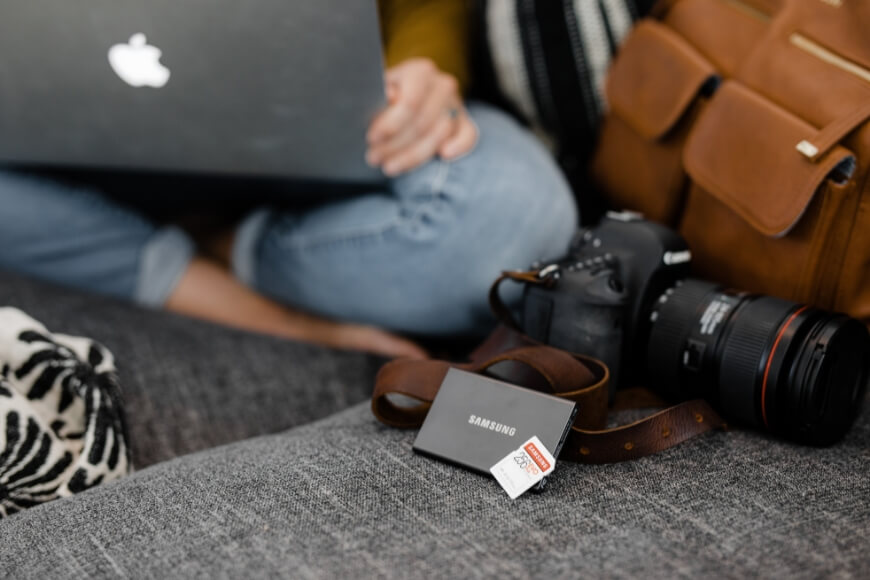
While bigger storage might seem like a better option, it’s not always about capacity.
Speed is also an important fact that you need to consider if you don’t like sitting in front of your computer screen for hours to transfer your footage.
Memory cards come in different reading and writing speeds.
To elaborate, reading speed refers to the time the card takes to read the images from the memory card while copying them.
On the other hand, writing speed is the time the card takes to store the images in its memory.
Of course, faster cards are more expensive! So, instead of going for a 64GB card, you can opt for a faster 32GB one.
Typically, both options will be in a similar price range if both are from the same brand.
Wrapping Up
So, how many pictures can 32GB hold?
The answer depends on the quality and format of the image. On average, 32GB can hold up to 22,888 JPEGs or 2,228 RAWs.
Nonetheless, if the quality of the pictures increases, the card will hold fewer pictures.
Additionally, you can calculate the average file size of the pictures you take by following the steps we’ve mentioned above.
Generally, 32GB is an ideal memory card size for JPEGs. However, if you want to take pictures in RAW format or shoot a lot of videos, you should opt for bigger storage.






